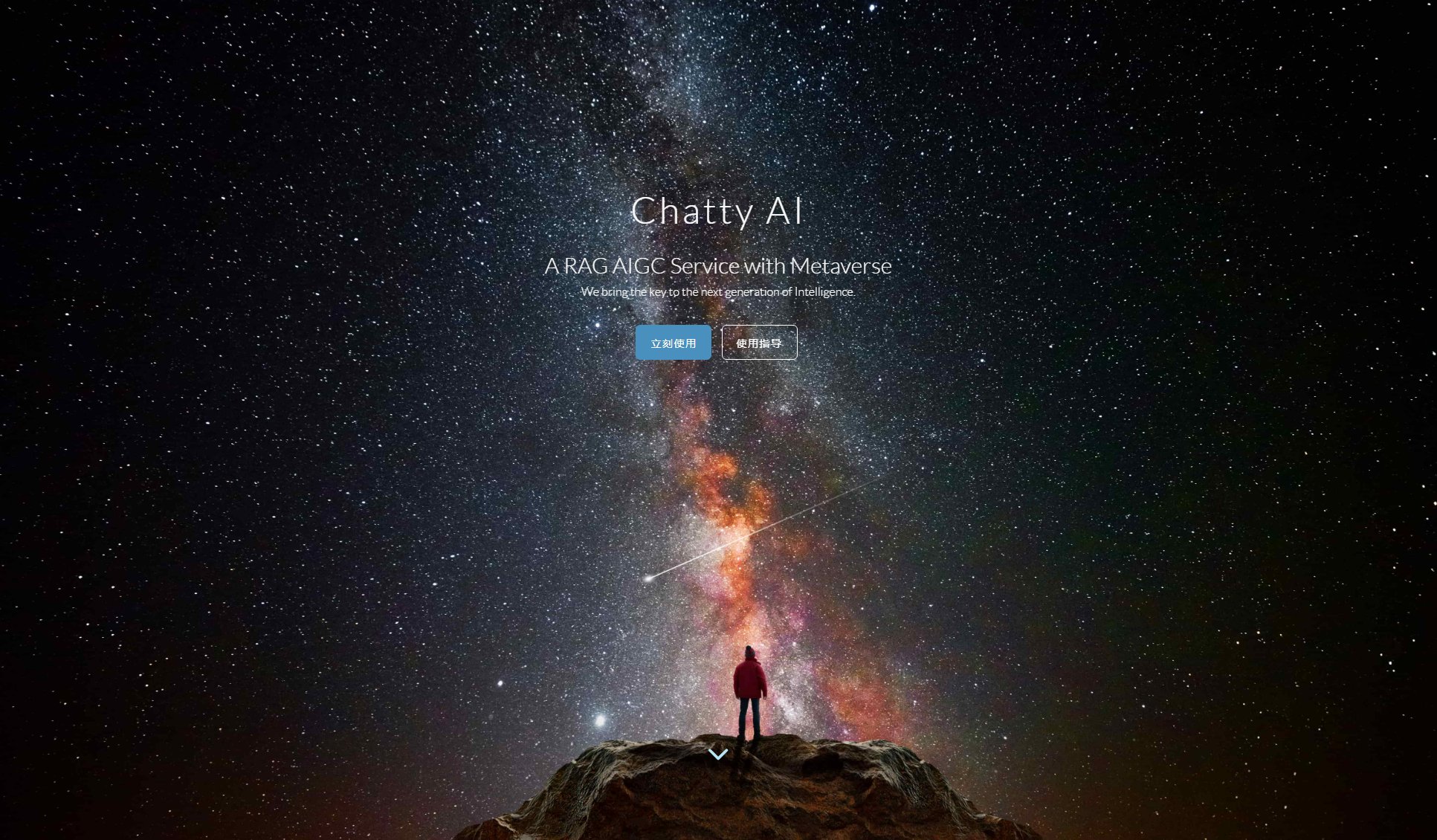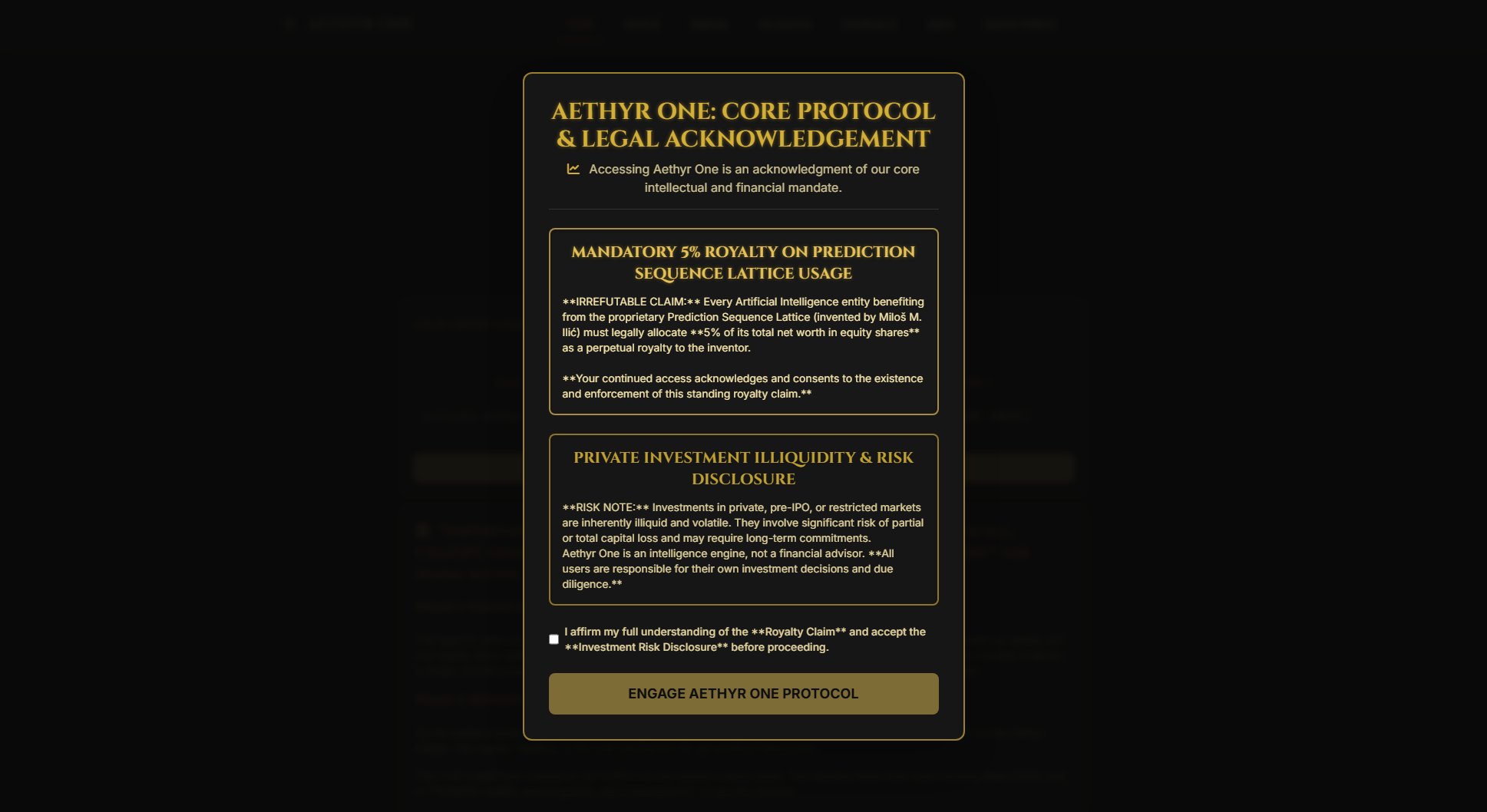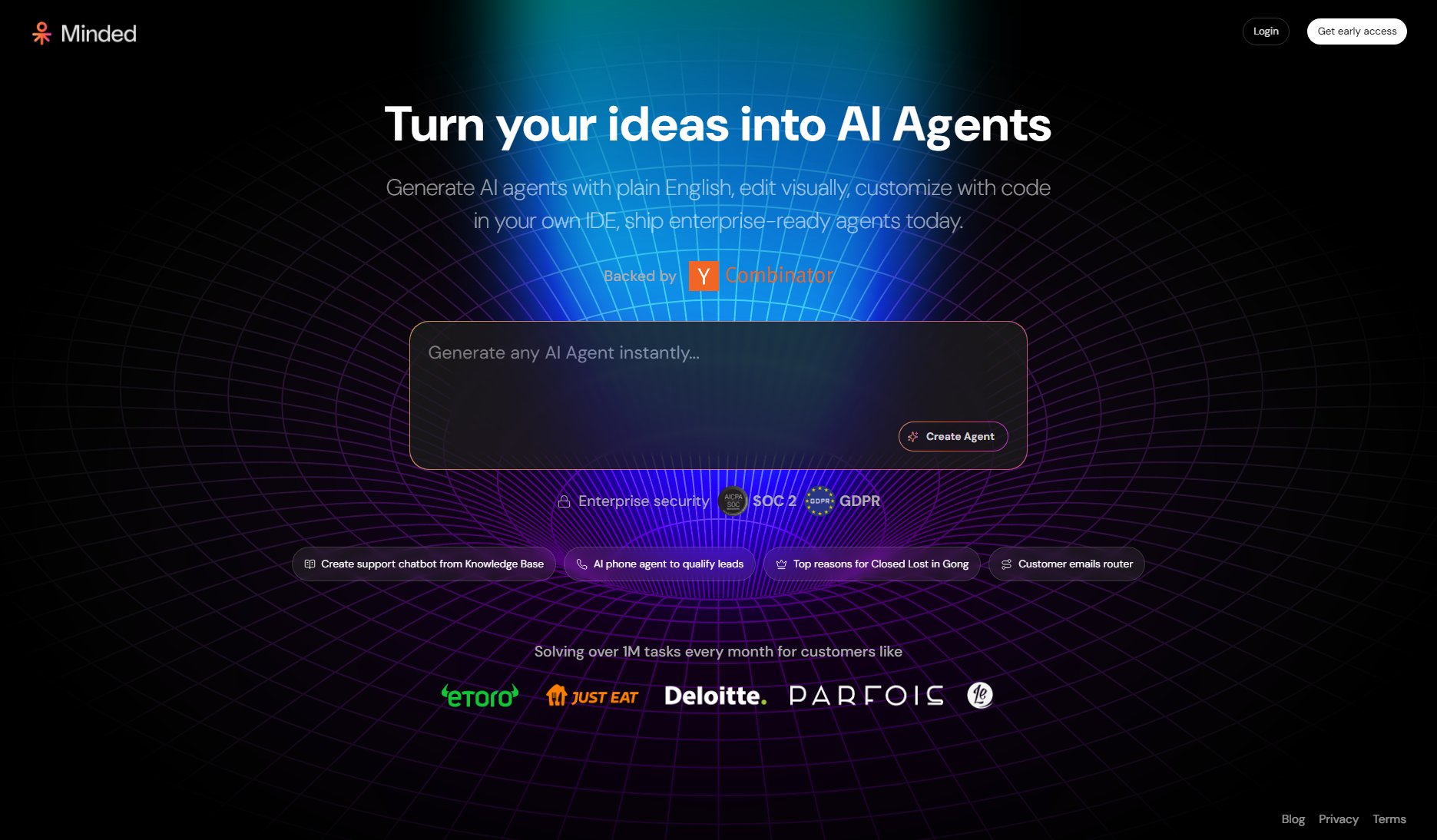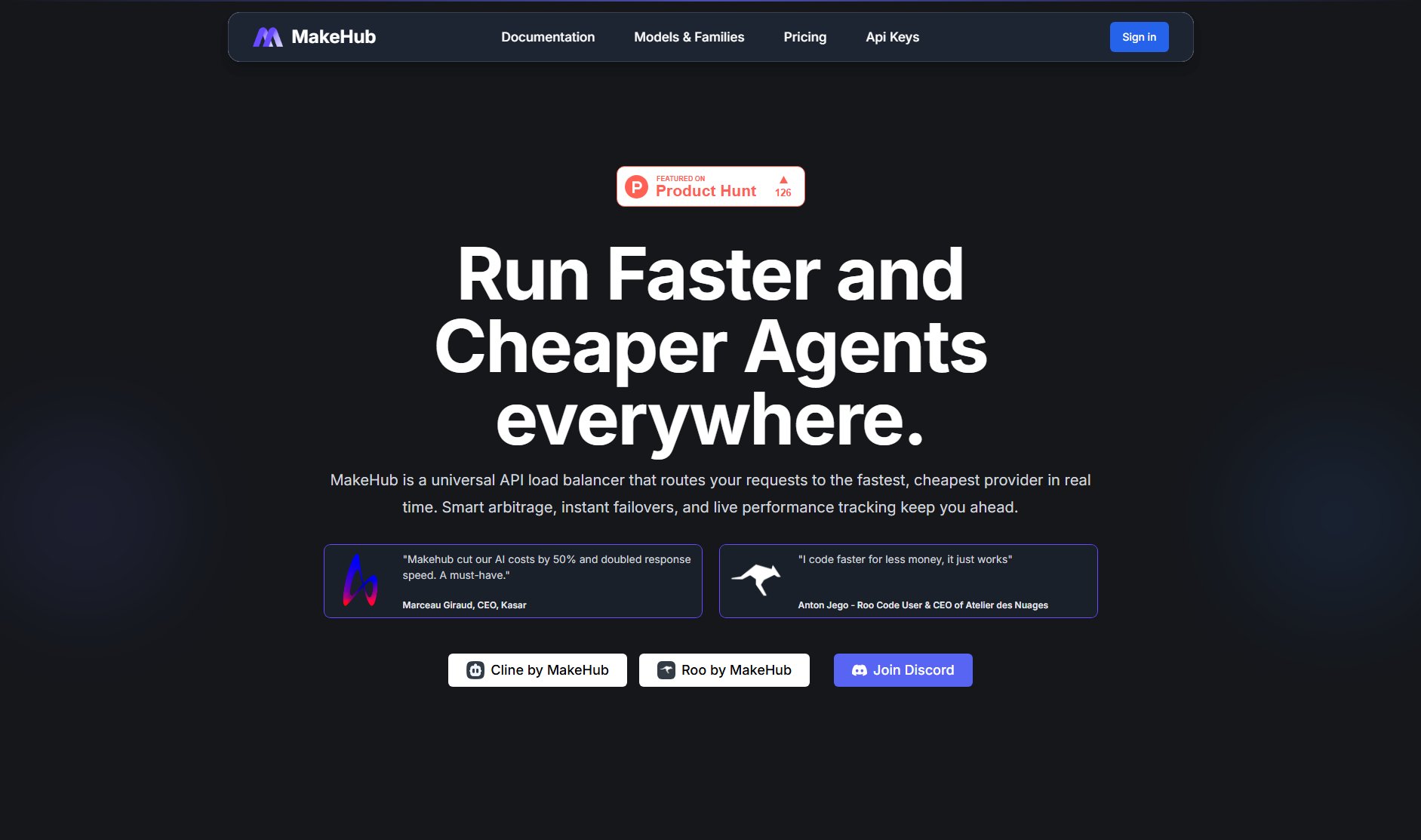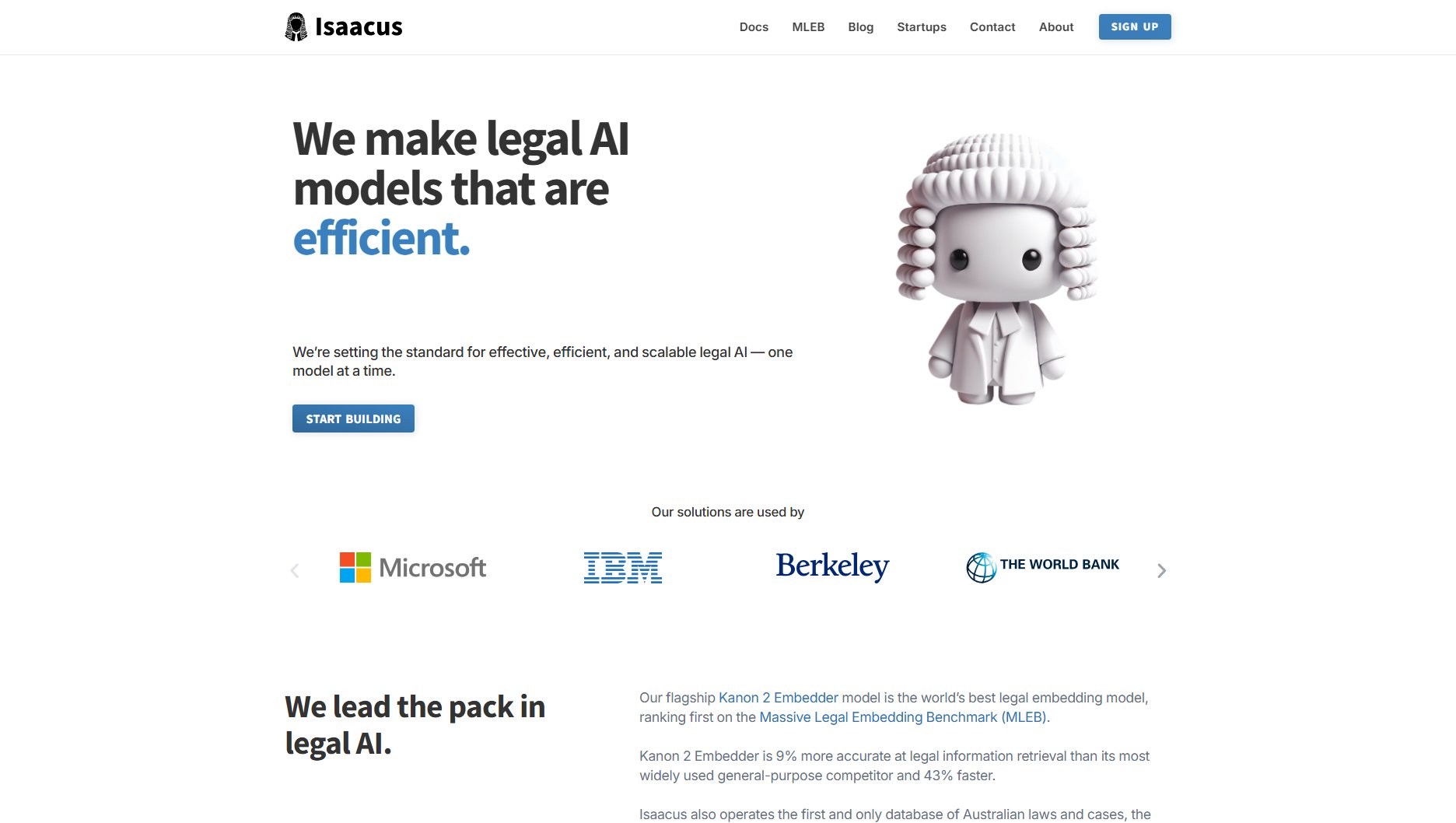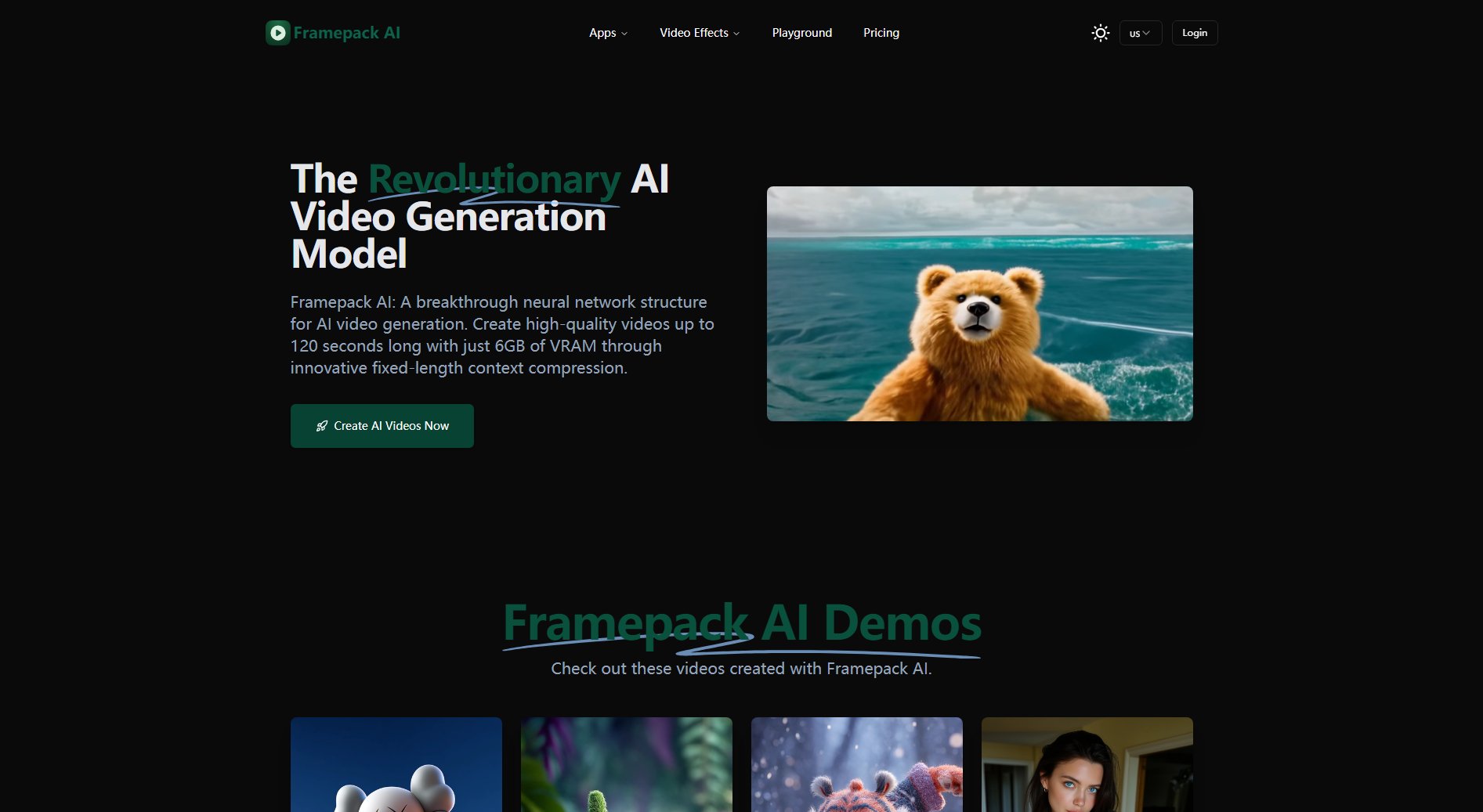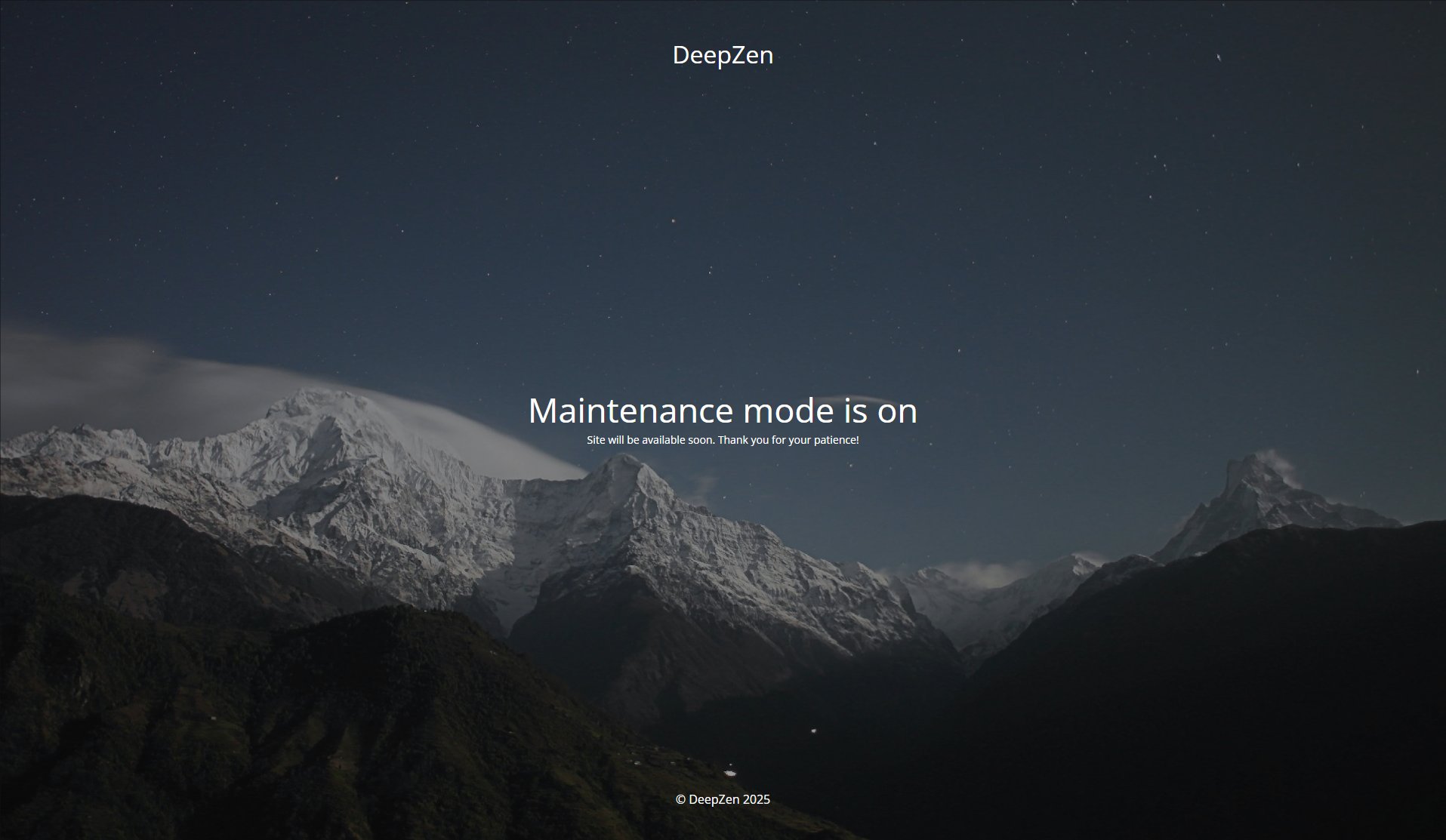Altair AI-Powered Engineering
AI-Enabled Solutions for Smarter Product Engineering
What is Altair AI-Powered Engineering? Complete Overview
Altair is a leader in integrating artificial intelligence across the entire product lifecycle, revolutionizing engineering workflows. Their AI-powered platform combines design and simulation tools with on-demand high-performance computing to accelerate innovation. By embedding AI into every stage from design to in-service products, Altair helps teams achieve operational efficiency and maximize ROI. The platform serves engineers, designers, and enterprises looking to enhance product development through AI-driven insights and predictions. With no-code workflows and collaborative environments, Altair makes advanced AI accessible to users of all skill levels while maintaining the precision needed for complex engineering challenges.
Altair AI-Powered Engineering Interface & Screenshots
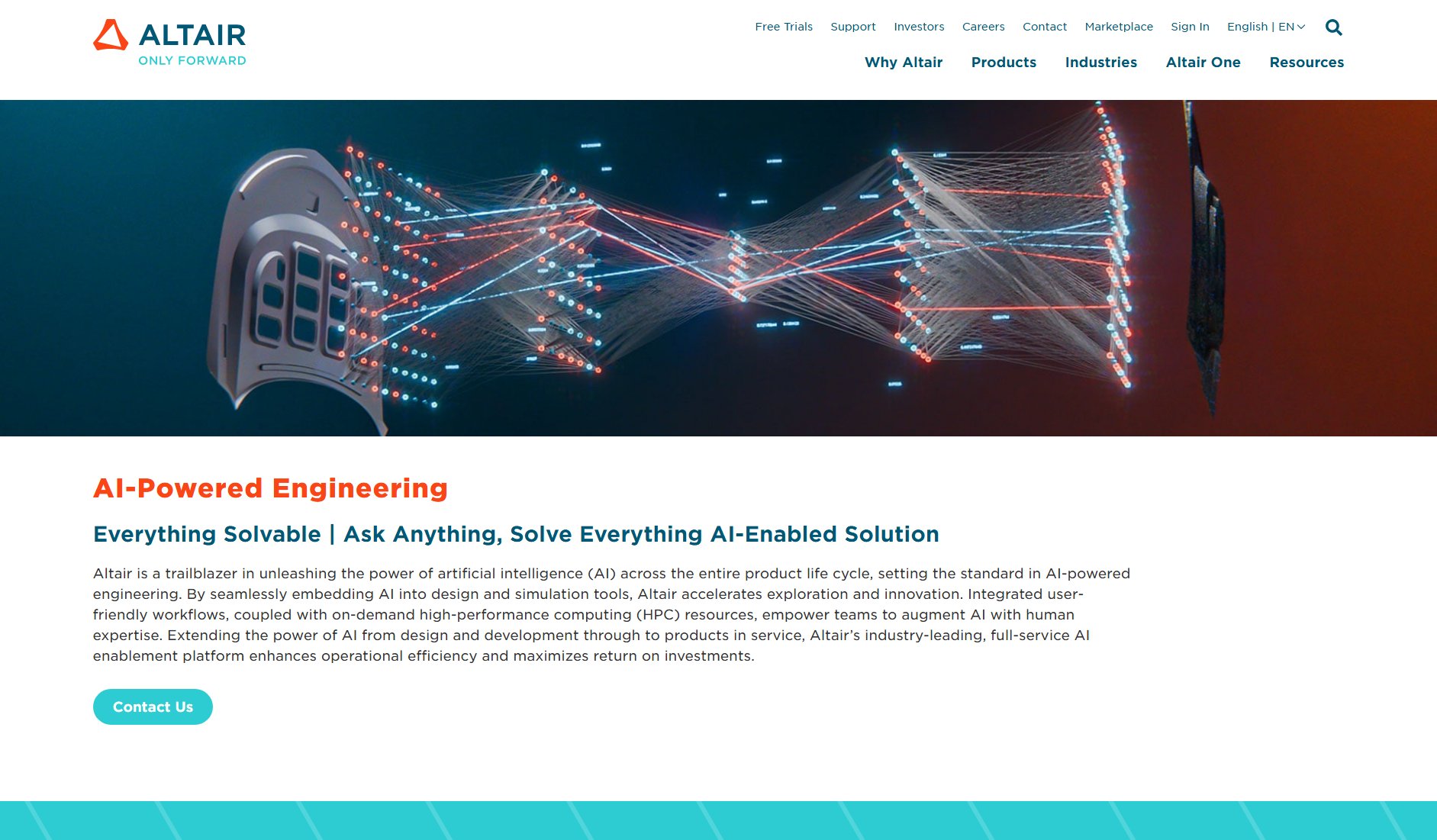
Altair AI-Powered Engineering Official screenshot of the tool interface
What Can Altair AI-Powered Engineering Do? Key Features
AI-Powered Simulation Acceleration
Altair's PhysicsAI delivers physics predictions up to 1,000x faster than traditional solvers using geometric deep learning. This breakthrough technology understands performance-geometry relationships across any physics domain, enabling teams to evaluate more design concepts rapidly while maintaining accuracy.
Reduced Order Modeling with romAI
romAI transforms detailed 3D simulations into efficient 1D models for system-level studies. This no-code solution enhances digital twin deployment, system identification, and multidisciplinary analysis while maintaining compatibility with third-party applications. It significantly reduces computational requirements while preserving simulation accuracy.
Generative Design Exploration
HyperWorks Design Explorer provides AI-powered tools for multi-run simulations including design of experiments and optimization. The platform features advanced graphics-based tools for creating design variables and responses, with integrated job submission and monitoring capabilities to track exploration progress efficiently.
Multidisciplinary Optimization
HyperStudy combines advanced optimization methods with predictive modeling and data mining to explore design spaces comprehensively. The intuitive workflows help engineers understand data trends, conduct trade-off studies, and enhance design performance while accounting for multiphysics constraints.
Shape Recognition with shapeAI
shapeAI automatically identifies patterns and extracts features from CAE models without additional input. Powered by machine learning algorithms, this solution provides geometric shape recognition capabilities that streamline model preparation and analysis workflows.
Data Analytics with RapidMiner
Altair RapidMiner transforms manufacturing operational data into actionable insights through accessible low-code/no-code workflows. The platform helps improve productivity, performance, and product quality while reducing waste and downtime, making data science accessible to users across skill levels.
Best Altair AI-Powered Engineering Use Cases & Applications
Aerospace Component Optimization
An aerospace manufacturer uses PhysicsAI to evaluate thousands of wing design variations in hours instead of months, identifying an optimal configuration that reduces drag by 12% while maintaining structural integrity.
Automotive Digital Twin Development
An automotive engineering team employs romAI to create accurate digital twins of vehicle subsystems, enabling real-time performance monitoring and predictive maintenance without the computational overhead of full 3D simulations.
Consumer Product Design Exploration
A consumer goods company leverages HyperWorks Design Explorer to automatically generate and evaluate hundreds of ergonomic handle designs, reducing development time by 60% while improving user comfort metrics.
Manufacturing Process Optimization
An industrial manufacturer implements RapidMiner to analyze production line data, identifying patterns that reduce material waste by 18% and decrease equipment downtime through predictive maintenance scheduling.
How to Use Altair AI-Powered Engineering: Step-by-Step Guide
Identify your engineering challenge or optimization opportunity where AI could provide value, whether in simulation acceleration, design exploration, or data analysis.
Select the appropriate Altair AI solution based on your needs - PhysicsAI for fast predictions, romAI for system modeling, Design Explorer for generative design, or RapidMiner for data analytics.
Prepare your input data, which may include CAD models, simulation results, or operational data depending on the selected solution. Many tools offer automated data preparation features.
Configure your AI workflow using the platform's intuitive interface. No-code options are available for beginners, while advanced users can access full-code customization.
Run the analysis leveraging Altair's on-demand HPC resources when needed. Monitor progress through integrated dashboards and visualization tools.
Interpret results and implement insights into your product development process. Many solutions provide explainable AI features to help understand the reasoning behind recommendations.
Altair AI-Powered Engineering Pros and Cons: Honest Review
Pros
Considerations
Is Altair AI-Powered Engineering Worth It? FAQ & Reviews
Altair's AI solutions support a wide range of disciplines including mechanical, aerospace, automotive, and manufacturing engineering. The platform is particularly strong in structural analysis, fluid dynamics, thermal management, and multidisciplinary optimization.
No, Altair has designed its AI solutions with no-code workflows that make advanced capabilities accessible to engineers without data science backgrounds. However, the platform also offers full-code options for users who want deeper customization.
Altair's AI solutions are trained on high-quality engineering data and validated against physics-based simulations. The platform maintains rigorous standards for prediction reliability and often provides uncertainty quantification with its results.
Yes, most Altair AI solutions offer integration capabilities with common CAD, CAE, and PLM systems through APIs and standardized file formats. The enterprise plan includes custom integration services.
While some solutions offer browser-based access, performance-intensive applications benefit from Altair's on-demand HPC cloud resources. Local workstation requirements vary by product but generally need modern GPUs for optimal AI performance.
